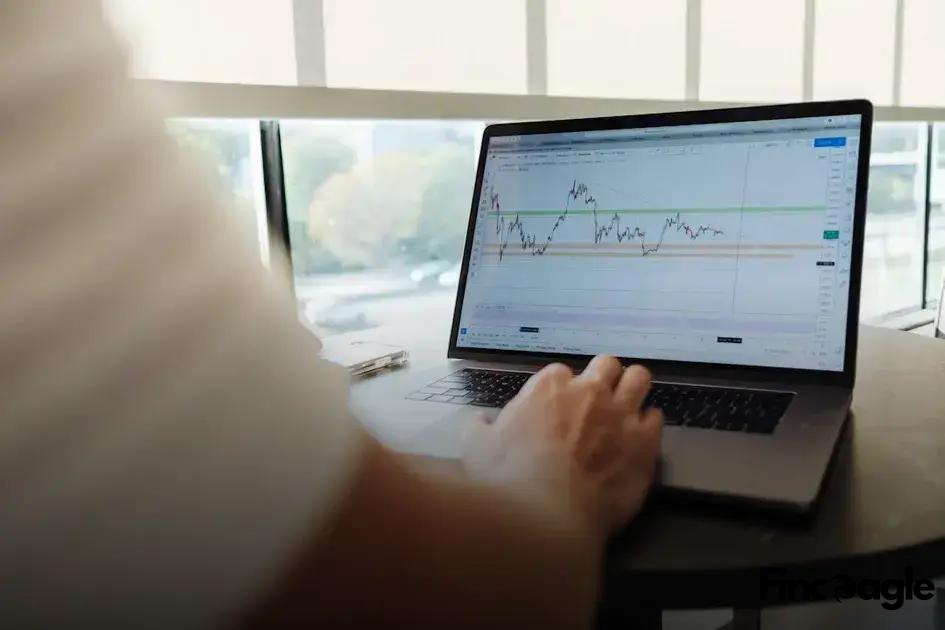With the rise of digital currencies, knowing how to start mining cryptocurrency in 2025 is crucial for both beginners and tech enthusiasts. Understanding the basics, choosing the right equipment, and ensuring security are essential steps. Mastering these elements will streamline your mining process and optimize potential profits. Read on to explore each step and become a proficient miner in the ever-evolving world of cryptocurrency.
Understanding Cryptocurrency Mining Basics
Cryptocurrency mining is the process that helps verify transactions and add them to the blockchain. It involves solving complex mathematical problems using computers. The first miner to solve the problem gets to add the block to the blockchain and is rewarded with cryptocurrency.
Mining isn’t just a solo activity. Pools are groups where miners share their processing power over a network and split the reward equally, according to the amount of work they contributed to the probability of finding a block. This makes mining more achievable for those with less powerful hardware.
There are two main types of mining: Proof of Work (PoW) and Proof of Stake (PoS). PoW is common in cryptocurrencies like Bitcoin, requiring miners to use their computational power to solve problems. In contrast, PoS is based on the number of coins a miner holds.
Choosing between these methods depends on several factors, including energy consumption, initial cost, and the specific cryptocurrency you’re interested in. With advancements in technology and the introduction of new cryptocurrencies, new forms of mining might emerge, making it an ever-evolving field.
Choosing the Right Mining Equipment

When it comes to choosing the right mining equipment, there are several crucial factors to consider. First, think about the type of cryptocurrency you plan to mine, as this will impact the hardware requirements. Research which cryptocurrencies are most profitable and suited to your resources and expertise.
Selecting the right ASIC or GPU is key to successful mining. While ASICs are powerful for specific algorithms, GPUs offer flexibility for mining different cryptocurrencies. Look for equipment with high hashrate to enhance your mining power and pay attention to energy efficiency, which is vital for reducing operational costs.
Evaluate the initial investment cost against the potential return on investment (ROI). Exploring online reviews and forums can provide insights on the reliability and performance of various models from other miners. Remember to consider cooling systems to prevent overheating, as mining equipment can generate substantial heat.
Additionally, check if the hardware is readily available and supported by the manufacturer. Technical support is important in case of malfunctions or needed updates. By considering these aspects, you will be able to choose equipment that aligns with your mining goals and budget.
Setting Up Your Mining Hardware
Once you have chosen your mining equipment, it’s time to set it up for optimal performance. Begin by unpacking and assembling your hardware components, ensuring that all parts are connected properly. Pay attention to the positioning of your hardware; ensure there is adequate ventilation to prevent overheating.
Connect your mining rigs to a power source and your network. A stable internet connection is crucial, as any interruption can affect your mining efficiency and potential earnings.
Install necessary software
on your computer, compatible with your mining hardware, to manage and monitor your mining activities.
Don’t forget to update the firmware regularly to improve performance and security. Adjust configurations and settings based on your specific setup and the coin you are mining to achieve the highest hash rate possible.
Consider environmental factors and take steps to manage noise and heat emission. It might be necessary to invest in additional cooling solutions or soundproofing if your setup is indoors.
Optimizing Energy Consumption

Mining cryptocurrency requires a significant amount of energy, which can become a costly aspect of the process. To improve efficiency and reduce costs, focus on energy optimization. Begin by selecting energy-efficient hardware. Modern mining rigs are designed to deliver higher hashes per watt, making them more effective.
Another strategy is to choose a location with access to renewable energy sources, like solar, wind, or hydropower. This not only cuts costs but also lessens the environmental impact. It might also be advantageous to run operations in regions with naturally cooler climates to reduce cooling expenses.
Consider implementing smart energy management systems. These systems monitor and adjust power consumption automatically, optimizing for off-peak times when electricity rates are lower. Additionally, keep your hardware well-maintained to ensure it operates at peak efficiency, preventing unnecessary energy use.
Finally, joining a mining pool can help distribute and manage energy use more evenly across multiple machines, minimizing solo efforts that might be wasteful. This collaborative approach can enhance your overall energy efficiency and profitability.
Ensuring Your Cryptocurrency Security
Your cryptocurrency journey doesn’t end with efficient mining; securing your digital assets is a continuous commitment. Using Strong Passwords is essential. Always create unique, complex passwords for your accounts and avoid reusing them. Consider using a password manager to securely store them.
Another critical layer of security is Two-Factor Authentication (2FA). Enable 2FA on all your accounts. This extra step ensures that even if your password is compromised, unauthorized access is still mitigated.
In addition, be cautious with Phishing Attempts. Always verify the source of emails and avoid clicking on suspicious links. Phishing attacks are common methods to steal credentials, so always maintain vigilance.
It’s also wise to Regularly Update Your Software. Ensure that your wallet and any associated software are updated to the latest versions. Software updates often include patches for security vulnerabilities that could otherwise be exploited.
Don’t forget the importance of Using Secure Wallets. Opt for well-known and secure wallets, ideally hardware wallets, to store your cryptocurrency. Hardware wallets are less susceptible to digital attacks as they store the private keys offline.
Finally, consistently Monitor Your Accounts for any unusual activity. Keeping an eye on your transactions and being alert will help you quickly detect any unauthorized access or irregular behavior.
Following these steps will help mitigate risks and ensure that your hard-earned digital assets remain protected in a vast digital landscape.





